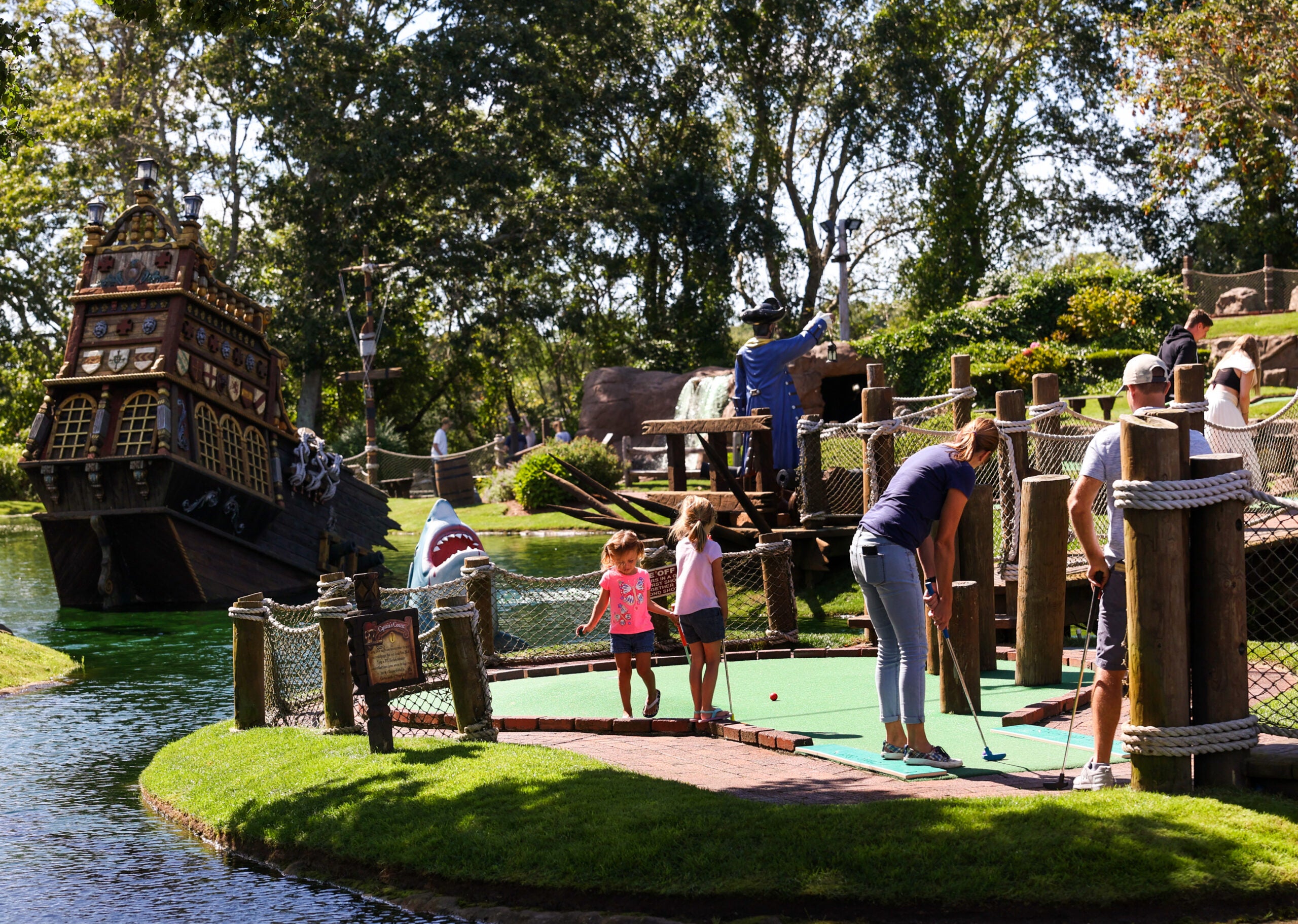The Boston Globe

HYANNIS – Walking down Main Street in the heat of summer lends itself to a stop at Katie’s Homemade Ice Cream. The shop, decked out in pink with black-and-white checkered floors, displays an array of flavors including moose tracks and cotton candy to passersby. And business is booming.
“I say this at the end of every summer, but it was one of our best summers ever,” said owner Katie Kimball on Thursday.
Kimball, who has worked at the store since she was 14 when her parents bought it, has seen many ups and downs but claims this year was as good as, if not better than, previous years. And as Hyannis Main Street goes, so does the rest of Cape Cod.
This may come as a surprise, given the unsettled weather of recent months. After all, it was the second rainiest summer on record in the Boston area, and the Cape wasn’t spared, with some visitors noting it felt less crowded than usual. But did the rains actually keep people away?

Some businesses did indeed report more of a mixed bag this summer, following the surges during parts of the pandemic when international travel was curbed and nearby destinations thrived. From hotels and restaurants to the ferries and beaches, some venues have reported lower numbers. But sales and foot traffic remain high overall.
And as Labor Day marks the end of the high season, businesses are hoping the shoulder season into October stays strong.
“We’re coming off two record-breaking summers,” said Paul Niedzwiecki, chief executive of the Cape Cod Chamber of Commerce.
For those two summers the Cape was still emerging from pandemic travel restrictions, Niedzwiecki said. Indeed, this year, the Cape is ahead of some 2019 benchmarks. In 2019 there were around 5.5 million visitors to the Cape, according to the Chamber; it was 6.1 million last year. And although the final numbers aren’t in for 2023, Niedzwiecki is projecting close to 6 million visitors this year.
“So we’re feeling pretty good,” said Niedzwiecki.

The damp weather has not kept visitors away from the National Seashore beaches, at least. So far this year, the national park had a steady flow of beachgoers, similar to the last few years, according to Linzy French, the service’s visual information specialist.
As for trips over to the islands, the Steamship Authority is reporting a return to pre-COVID traffic patterns, with demand remaining strong this year, according to communications director Sean Driscoll.
There was concern in the late spring and early summer that vacation rentals would be way down because of bad weather and fewer planned vacations. But Patrick Foran of Foran Realty, which covers the mid-Cape to the Outer Cape, said rentals have filled in.
Once the weather got sunnier and warmer in mid-July, people began booking, Foran said. The number of leases the company had this year was in line with last summer, but was generally for shorter stays. Many owners were willing to negotiate on the traditional Saturday-to-Saturday stays, allowing many to come for four to five nights instead of a full week, Foran said.
“I think it was a good summer, especially for those owners who pivoted and became open to something other than a traditional week-long vacation,” Foran said.
Hotels over the last two years saw historically high bookings on the Cape and Islands. The Chatham Bars Inn said it again had occupancy above 90 percent for July and August. Although that’s slightly below last summer’s peak, the resort is up 55 percent from 2019, said Gary Thulander, the general manager.

“We’ve had an extremely busy summer, I’ll put it that way,” said Thulander. The strongest growth, he added, has been from guests coming from states with triple-digit temperatures, such as California, Florida, and Texas, looking for a reprieve.
Similarly, the Pelham House in Dennis has had strong occupancy despite rate increases due to inflation. John McCarthy, the managing partner, attributes that to the growing wedding season that now runs six months of the year versus the Cape’s traditional four peak months. The weddings keep the guests coming regardless of the rain, he said.
“It’s been incredible,” McCarthy said.
But for others, the weather has put more of a damper on sales.
Anne Scott-Putney, CEO of the Heritage Museum and Gardens in Sandwich, attributed the slight drop in visitors this year to the rain.
Last year the Gardens saw its highest turnout since the 1980s, Scott-Putney said. This year remains strong, with attendance still 10 percent above pre-pandemic levels. The desire for people to spend time outdoors, a trend that started during the pandemic, remains strong, she said.
And if the weather has not deterred most diners from eating out, prices seem to be having an impact. At the Lobster Trap in Bourne, this summer remains “real busy,” said owner Dave Delancey.

On top of the menu were lobster rolls, tuna, and swordfish sandwiches. In years past his customers might shell out more for their lobster rolls, but this year many are opting for less expensive seafood options, he said.
In the past, Delancey used to sell about 200 lobster rolls a day, and this summer it was down to about 150. “People are spending a little more consciously,” said Delancey.
Meanwhile, in the Outer Cape where Mac’s Seafood reigns, founder Mac Hay noticed that there were not as many people as usual in his restaurants. The peak season remained strong, but the difference between a mediocre summer and a strong one is how sales did in June. This year, he said, the bad weather kept people away.
But overall, Hay is grateful that the Cape remains a popular destination.
“We had a really great year,” said Hay. “We obviously don’t know what September is going to bring … but if we get good weather, that can make a difference.”
